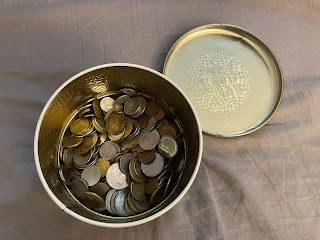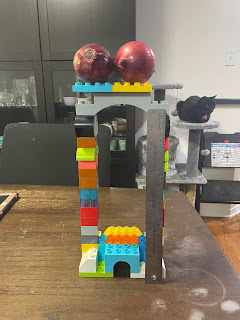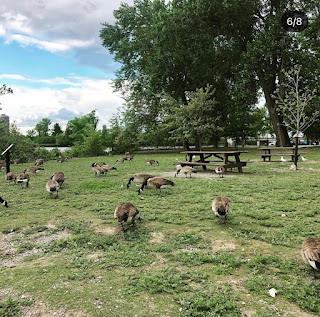Science experiment: Little Boat in the Water
Hello!
Today we are going to put into practice a very cool scientific experiment that will surely attract the attention of the little ones!
For our experiment today, we used the following materials:
- aluminum paper
- assorted coins, but you can use pasta, beans, pebbles, marbles or whatever you have at home, your backyard or the closest park from your house
- a container with water, it can be a plastic container, a bowl, a sink
1. First, fill your container with water. In our case, we fill our sink.
2. Then, fold the aluminum foil so that it floats in the water. Here we made a little boat (if you need help, you can use this video on Youtube).
3. Put the boat in the water and check if it is floating.
Did it float?
Excellent! Now start gradually placing the objects you have chosen inside the boat.
Here at home we made an estimate: I voted 50 coins to sink the boat, my daughter voted 30 and my son voted 40. But the boat only sank with 60 coins!
As an extra test, we put raw pasta in our little boat. Believe it or not, with 138 pasta pieces, the boat was full, but it didn't sink!
In this experience, children will make their own boats, estimate the number of items enough to sink the boat, in addition to socializing between friends/family during the activity. Children will put fine motor skills into practice as they practice folding the boat (maybe younger ones need help in this process), work with numbers and logical reasoning. During the experiment, there will also be the surprise element, which is to guess and find out at the end of the experiment how many objects are needed to sink the little boat.
And you, which object will you choose? Put in the comments how you would make your experience, I'd love to know!
Thank you so much for visiting and see you next time!








Comentários
Enviar um comentário